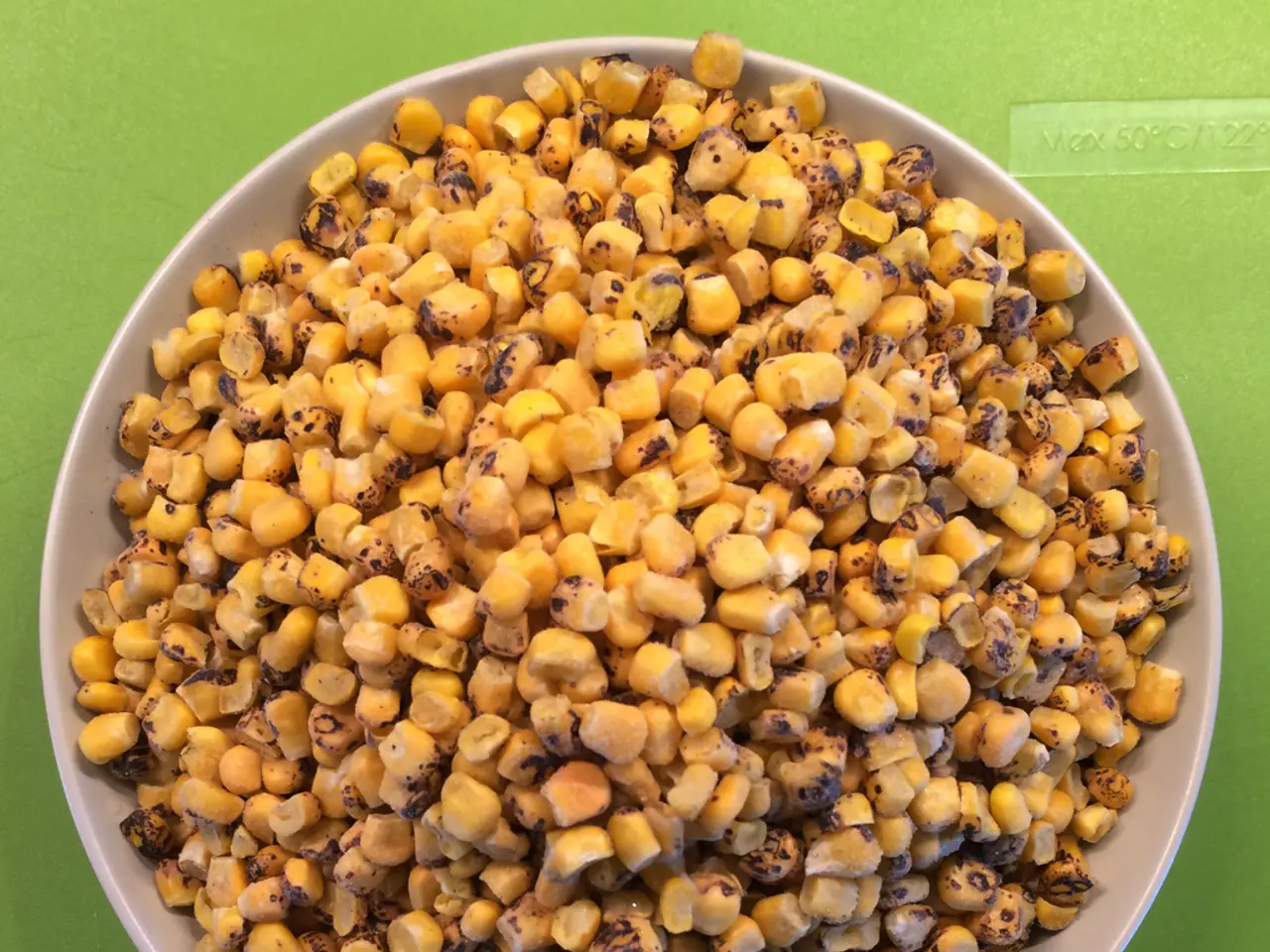New Fungal Threat Looms Over Cereal Crops: Ergot
A new fungal threat looms over cereal marketplace. Ergot, a fungus that primarily targets rye and triticale but also affects wheat and barley, poses health risks with prolonged consumption. Since July 1, 2025, stricter regulations have been imposed on ergot alkaloids in flour and milled products, with further reductions planned by 2028.
Ergot, caused by the fungus Claviceps purpurea, thrives in cold and wet weather during flowering, especially in isolated locations or near forest edges. It produces curved, dark sclerotia, which can lead to health issues if consumed over time. To combat ergot, farmers are advised to maintain border and bloom strips without host plants, plow after previous crop rye, and ensure uniform ripening. In severe cases, partial harvesting of infected crops may be necessary, with contaminated grain used in biogas plants for energy.
Grain breeders are actively working on developing ergot-resistant cereal varieties. They aim to improve crop hygiene and genetic resistance through breeding programs. Cross-pollination makes ergot more prevalent in rye than in other cereal species, and 'ergot years' are typically characterized by wet and cool weather during flowering. Breeders are exploring strategies like mixing hybrid varieties with pollen-rich lines or offering 'Pollen-Plus' rye varieties to reduce susceptibility.
Ergot's impact on cereal marketplace requires vigilance and collective effort. Stricter regulations on ergot alkaloids in food products are in place, and breeders are working tirelessly to develop resistant varieties. Farmers and consumers alike must remain aware of this fungal threat and its potential health implications.







